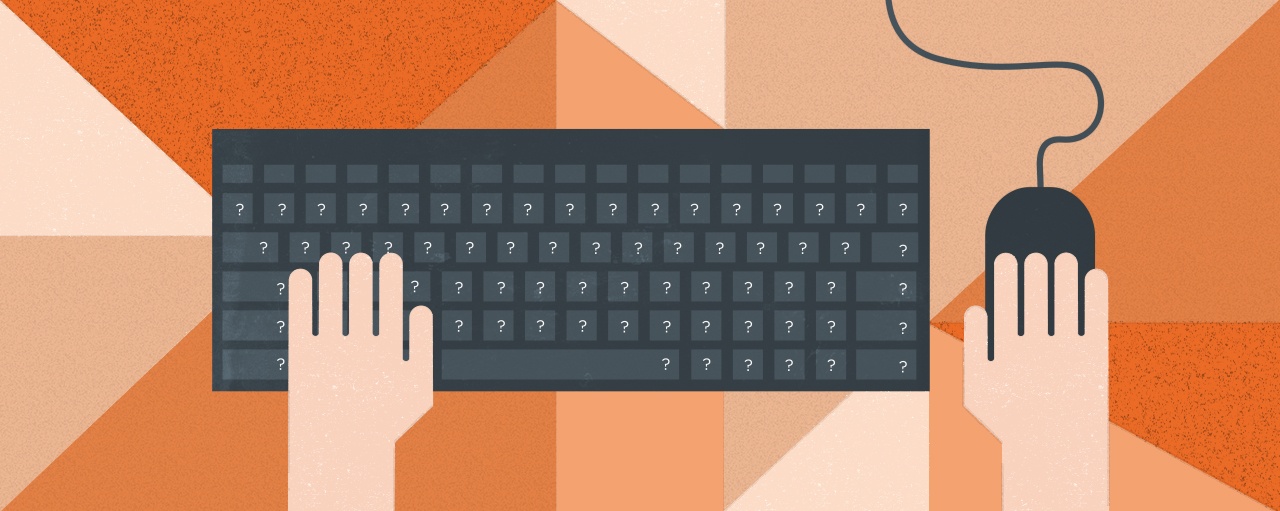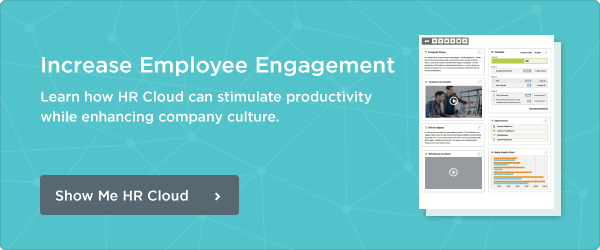Choosing a new HCM solution requires that an HR team go through several stages, including review of products, demos, sales and negotiations and, ultimately, once a solution is chosen, the implementation process. It’s critical; however, that HR professionals never lose sight of the needs, desires, and capabilities of the myriad end-users in their organization—the people who will be accessing the tech solution on a daily basis.
Therefore, during all stages, it’s important to remember that training, adoption, and ongoing usage are vital to the success of any project. While we in HR may be driven by a desire to link data to employee performance to business goals, we also need to evaluate our technology solutions through the eyes of our employees and managers. What do they want? How do their expectations for usability and access align with what we’re delivering from an HR standpoint? Our employees may appreciate self-service, but they also expect to have direct access in a seamless, easy, and interactive fashion.
Tweet: HR needs to evaluate technology solutions through the eyes of our employees. @HRCloud
A starting point for planning is remembering that our end-users are the consumers of the HR technology product we’re providing for them. They’re used to the ease of downloading an app on their smartphone or quickly googling an answer to any sort of trivial, or pressing, question. They want ease of access, immediate information, and often possess the desire and ability to not just ‘self-serve’ but also to ‘self-solve.’ Therefore, the way in which we roll out and promote our HR technology solutions should be focused on providing that same sort of experience.
Training for All
Training on new HR technology naturally begins with the HR team members who serve as the system administrators. Throughout the process of developing content, customizing online forms, and building work flow processes, we are immersed in hands-on learning. The challenge becomes remembering the learning curve we experienced and realizing that all of our end users will be at the same starting point yet they’ll lack the understanding of “why” things have to work a certain way. The Brandon Hall Group recently released a KnowledgeGraphic based on their 2014 HR Technology Survey in which they found that the biggest regret among organizations that implemented new technology was not allocating more time for training; not only among end users but also for HR staff. Yup, training is that important.
Adoption of the Solution
The key for user adoption of HR technology is understanding that employees expect to mirror the “consumer” experience they have at home. They expect their interactions to be as straightforward as posting a product review on a website or placing a one-click order with a retailer. There are opportunities for organizations to not only reinforce their organization culture but also to get new hires adopting HR technology solutions early on in the employment relationship. This can occur extremely well when using an onboarding solution that streamlines not just the annoying ‘paperwork’ processes but also effectively emphasizes the organization’s mission and values to new hires during the onboarding process. New employees, accustomed to interacting with technology day-to-day, will be quick to adopt the organization’s technology when they find it includes an easy-to-use interface, video, and the sort of interactive activities that provide them with a connection to their new work environment and culture.
Promoting Ongoing Usage
Once you’ve successfully trained users and spotlighted user adoption, it’s critical to remember that ongoing ease of use and connectivity across platforms will ensure ongoing usage and satisfaction. HR administrators should always keep the end user experience in mind and regularly review how all the pieces flow and connect. After all, we know that HR administration connects to onboarding, which seamlessly connects to employee development and performance management. As just one example, allowing an employee to view her goals and career plans—in an ‘easy access’ way, remember?—must begin on day one but obviously needs to continue during her entire tenure.
We have an incredible opportunity in human resources to make the HR technology experience enjoyable for our employees while providing solutions that are easy to use, and that’s a way we can deliver value.
Keep Reading
Retention Reset: How to Keep Your Best Talent in 2025
More employees are walking away from their jobs in 2025 not just for better pay, but for
Remote Onboarding Done Right: A Step-by-Step Guide for HR Teams
Remote onboarding is the process of welcoming new employees who work from home or


